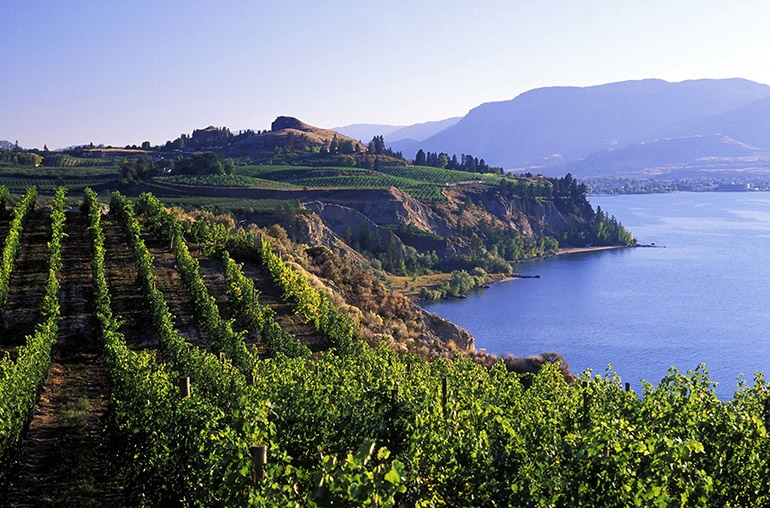Feb 22 2019
In a new research from UBC’s Okanagan campus, scientists have found an unexpected new source of carbon dioxide (CO2) emissions—bicarbonates concealed in the lake water employed for irrigating local plantations.
 During photosynthesis, plants remove CO2 from the atmosphere. At the same time, the decomposition of dead plant tissue by soil organisms, including bacteria, fungi, earthworms, ants, and others, produces CO2 that is released back into the atmosphere. (Image credit: UBC Okanagan)
During photosynthesis, plants remove CO2 from the atmosphere. At the same time, the decomposition of dead plant tissue by soil organisms, including bacteria, fungi, earthworms, ants, and others, produces CO2 that is released back into the atmosphere. (Image credit: UBC Okanagan)
We have been studying the carbon content of soil for some time. This large natural carbon store is hugely important in combating rising atmospheric CO2 levels and it’s essential to understand all the carbon transactions that take place in soil.
Melanie Jones, Professor of Biology and Study Lead Author, UBC Okanagan.
In the process of photosynthesis, plants take up CO2 from the atmosphere and transfer it into plant tissues like bark, roots, fruit, or leaves. On the other hand, the decomposition of dead plant tissue by soil organisms, such as fungi, bacteria, ants, earthworms, and others, forms CO2 that is released back into the atmosphere, describes Jones.
Critically, some of the CO2 that was removed from the atmosphere by plants can also be converted into soil organic matter by soil organisms, where it can remain in the soil for hundreds of years. So major research efforts are underway to figure out how to increase soil organic matter content.
Kirsten Hannam, Study Co-Author and Agroecologist, Agriculture and Agri-Food Canada.
Hannam states that higher organic matter in soil has the advantage of separating greater atmospheric CO2 and helping to prevent climate change as well as enhancing the capacity of the soil to cultivate crops—a result she defines as a clear profit.
The chemical forms of CO2 that are released from the soil surface during irrigation have been examined by Hannam, Jones, and fellow UBC Okanagan soil scientist Andrew Midwood, as part of this study effort.
The research was conducted in a drip-irrigated apple orchard and it involved continuous measurement of air coming from dynamic soil respiration chambers placed in the orchard. This enabled high-frequency monitoring of the air and soil surface. The tests were carried out for different water supplies, for example, de-ionized water or irrigation water, and the results were extremely different.
It turns out that some of the CO2 released after irrigation comes from the natural salts—bicarbonates—dissolved in water from Okanagan Lake as it is applied to the soil. It’s a process we had not considered until we noticed some unusual results when we traced the source of the CO2.
Andrew Midwood, Soil Scientist, UBC Okanagan.
Midwood is prompt at pointing out that it is important to understand the processes that promote the CO2 release from the soil to fight increasing atmospheric greenhouse gases.
This is a natural process. Our results have to be considered in a broader context. Irrigation is essential to fruit production in the Okanagan Valley. Along with causing the release of CO2, from bicarbonates in the water, irrigation is also promoting the removal of CO2 from the atmosphere by encouraging plant growth. It’s a balance and to understand the balance, you need to know all the component parts.
Kirsten Hannam, Study Co-Author and Agroecologist, Agriculture and Agri-Food Canada.
Their study has practical applications for any agriculture-based community in any dry region, particularly if an alkaline lake is the primary source of irrigation. Since irrigation must develop across semi-arid and arid regions, there is a possibility for an increase in CO2 emissions originating from irrigation.
Agriculture and Agri-Food Canada’s Agricultural Greenhouse Gases Program funded the research and it was recently reported in Geoderma.